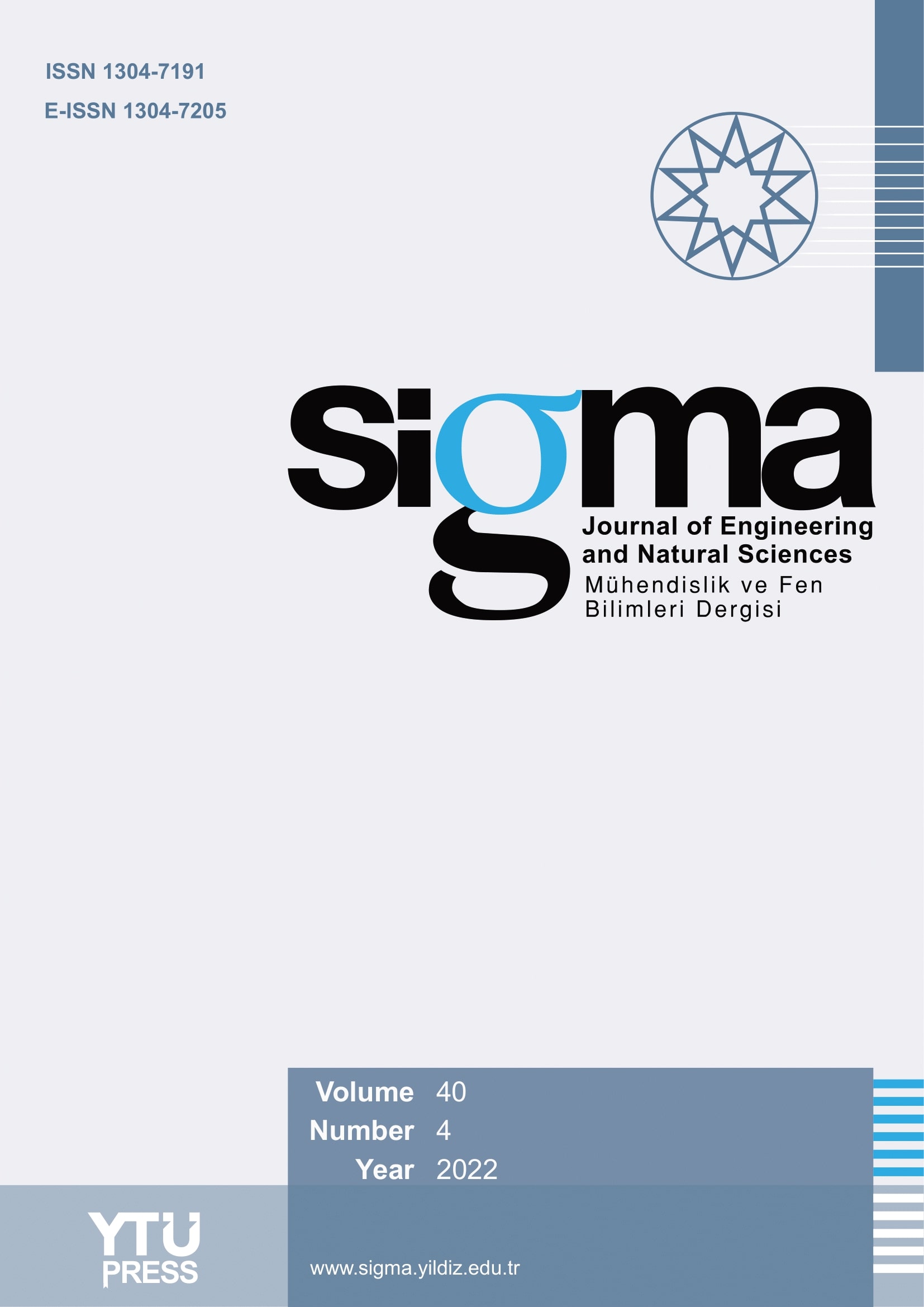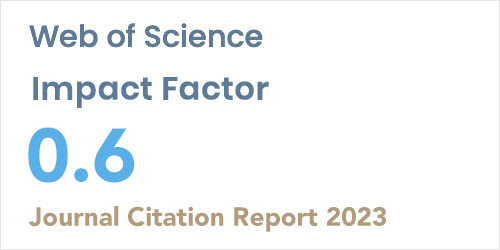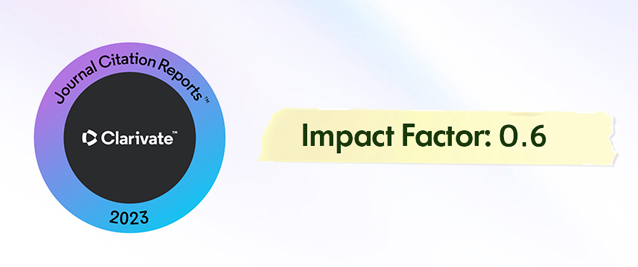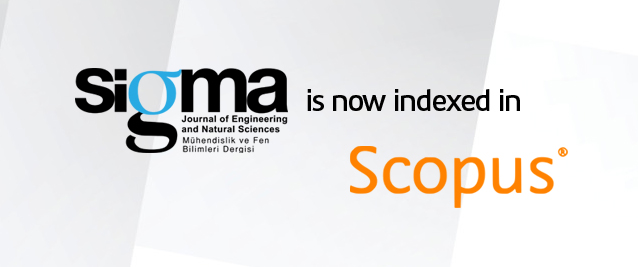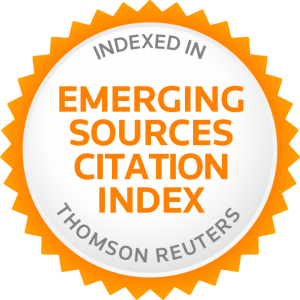Abstract
This study aims to analyze the theoretical and practical reflections of the concept of entropy in the urban studies literature by tracing its conceptual and methodological evolution across two distinct domains. To achieve this, two distinct literature sets retrieved from the Web of Science database Urban Morphology & Entropy (n=56) and Spatial Entropy & Urban Planning (n=643) were comparatively analyzed using bibliometric methods. The analysis was conducted with Bibliometrix and Biblioshiny tools in the RStudio environment, visualizing
annual publication output, keyword distributions, citation patterns, thematic maps, collabo ration networks, and trend analyses. The findings indicate that China is the most productive country, contributing 35% of the publications within the ‘Spatial Entropy & Urban Planning’ category, which encompasses broader themes such as environmental sustainability, data analytics, and decision support systems. Frequently used keywords across the literature include ‘urban morphology,’ ‘entropy,’ ‘spatial metrics,’ and ‘sustainable development.’ While entropy in the urban morphology literature is primarily associated with structural and formal analysis,
it is linked to data science, artificial intelligence, and decision-support mechanisms in urban planning contexts. The unique contribution of this study lies in revealing how the concept of entropy is positioned across different theoretical frameworks and how it is operationalized in urban research at a meta-level. By examining two distinct thematic areas with an interdisciplinary approach, the study traces the evolution of entropy-based research in the urban studies field. Based on the results, it is recommended that future studies enhance database diversity, strengthen interdisciplinary collaboration, and deepen spatial modelling applications.


